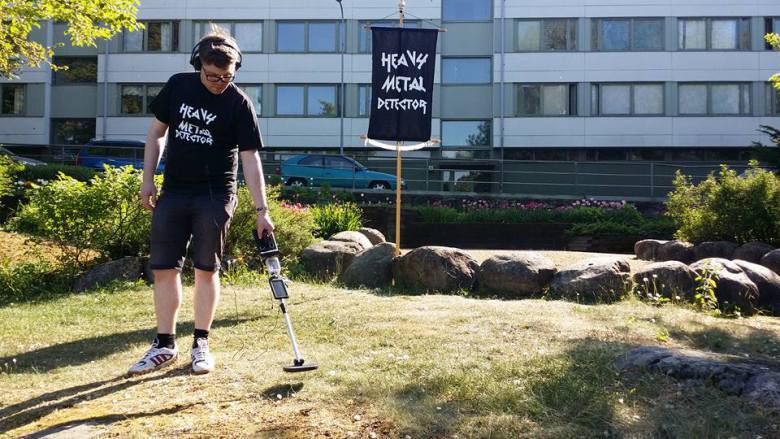
Steve Maher, Heavy Metal Detector. Photo courtesy of Minna Tarka – M-Cult
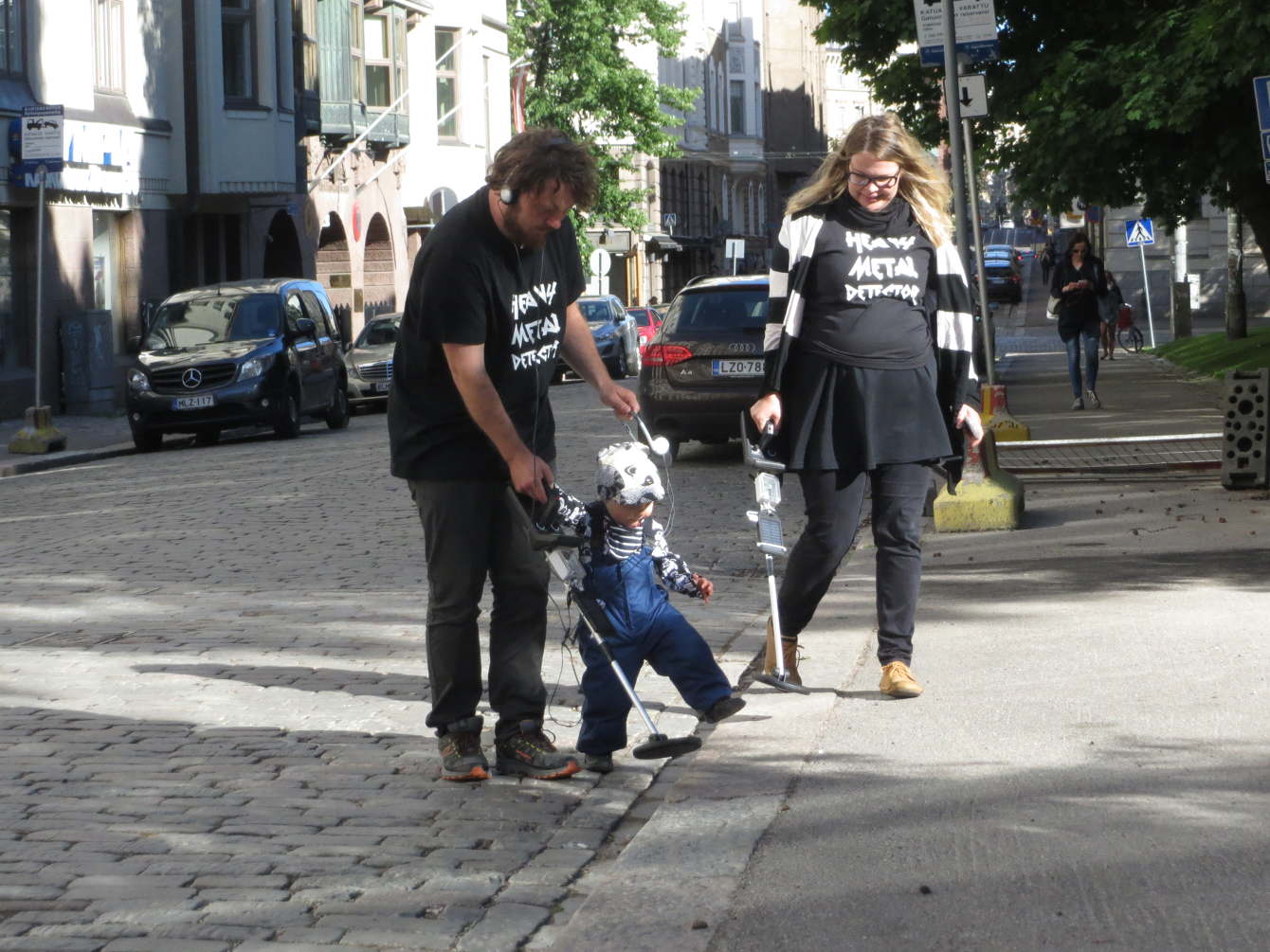
Steve Maher, Heavy Metal Detector
While clicking around the other day, I discovered a rather puzzling association of words: Heavy Metal Detector. I thought it would be a geeky, funny sound artwork that wouldn’t go much further than its title suggests. But then i read the whole project description and it turned out that the work is indeed funny but also deep, intelligent and embedded into Helsinki’s metal culture, architecture and history.
The work invites people on a tour of both metal music and metal materials in Helsinki. Participants get a metal detector that has been altered to play pre-recorded music from Helsinki metal bands. The group then wanders through the city historical sites, looks for the presence of iron, tin, steel, silver, copper and other metals in the ground and as soon as the device has spotted something, hard rock and metal plays through the headphones. Participants get to explore their city under a new perspective and under a new soundscape, local musicians get a chance to share their sounds with people who might not otherwise be familiar with their music.
Steve Maher, Heavy Metal Detector. Video m-cult
Co-creation is an important element in many of the artist’s works. Heavy Metal Detector saw him connect with local professional metal bands. But he also organized workshops with communities in Athlone (a town with a rich history of broadcasting) to create DIY crystal set radios as well as a short radio documentary. He hooked up a bagpipe to the exhaust of a tractor to question the notion of national identity and the myth of indigeneity. He also worked with a Finnish all male choir to explore the connections between recycling, beer brewing and singing.
I found the same commitment to humour, cultural research and dialogue with small communities all over Steve Maher‘s website.
Maher focuses on the relationship between dominant ideologies and subjugation, music and the communities which orientate themselves around it. A central motivation in his work is the realisation of music’s versatility, capable of being both a catalyst for emancipation and a tool for manipulation.
Maher lives in Helsinki. I caught up with him while he was traveling for work:
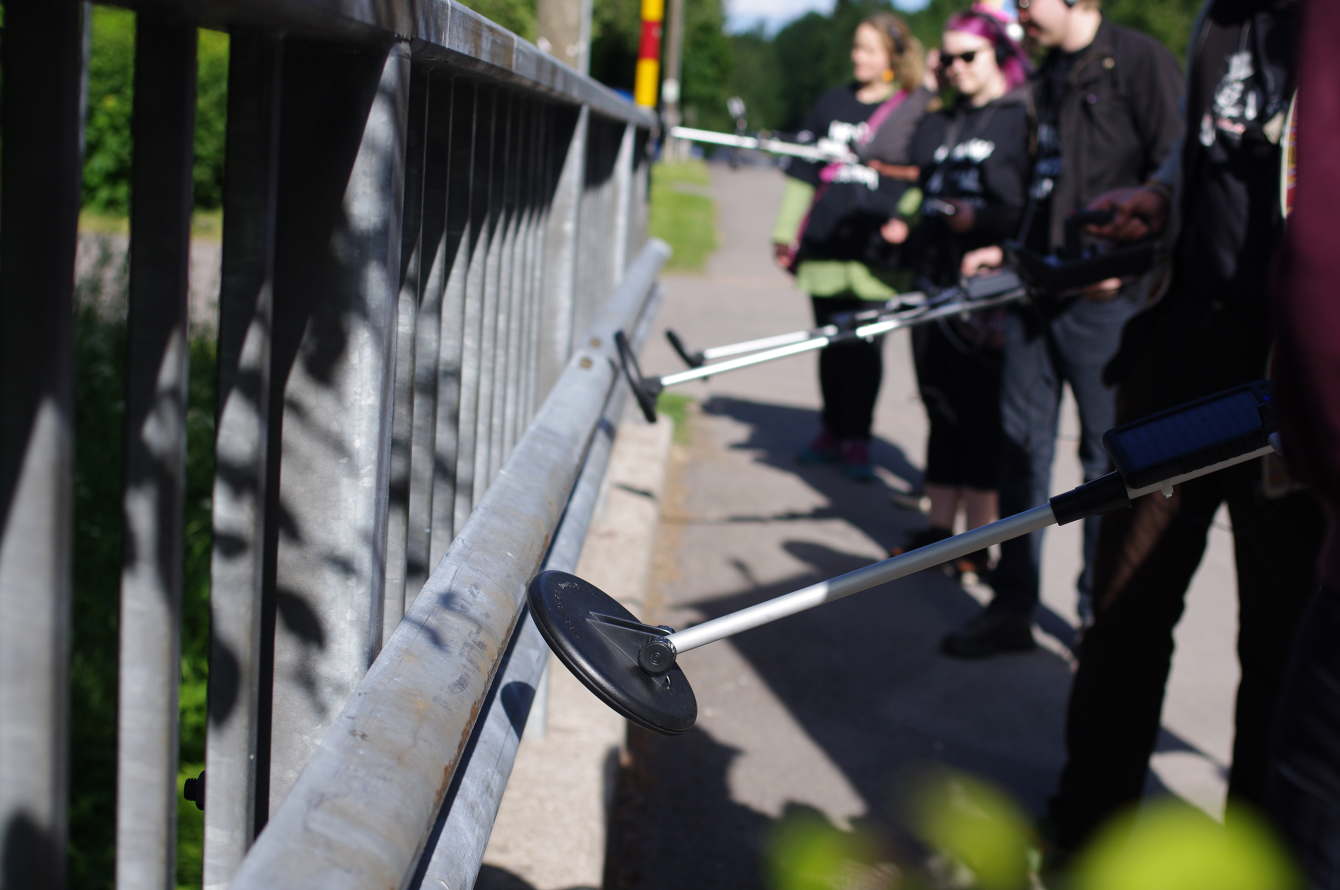
Steve Maher, Heavy Metal Detector
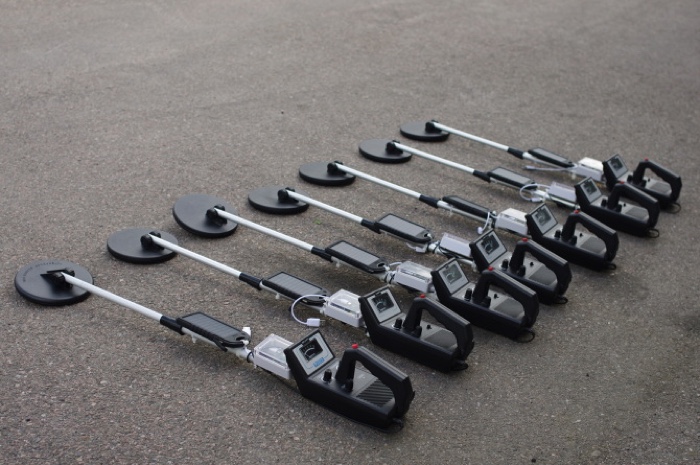
Steve Maher, Heavy Metal Detector
Hi Steve! Heavy Metal Detector is anchored in the culture and urban setting of Helsinki. Were you interested in hard rock and metal before coming to Helsinki?
The original Heavy Metal Detector project made in collaboration with M-Cult was focused on the greater Helsinki region, Hard Rock and Metal are a massive part of the cities identity, both internally and as it viewed internationally, when you ask people living outside of Finland what music they associate with Helsinki, and Finland in general, they will either say Sibelius or some metal band.
So metal is a big part of the country’s identity, having more metal groups per capita than any other country, with almost 53.5 metal bands per 100,000 people. This is a huge cultural phenomena, not some novelty detail, I think this is an incredibly important cultural genre and format with a really interesting and diverse subculture associated with it.
My interest in metal is not 100% ethnographic, I do feel invested into the community, particularly here in Finland, it’s a very active and genuine community full of hard working bands and positive, highly intelligent people. In my youth though I was never a “metal-head”, I actually grew up initially playing a so-cal style pop-punk, then later moved on to a more Hard-core Punk style. The last band I played in was experimental, in which I played button accordion and synthesizer. I never played metal, but coming from a small city in the South West of Ireland with a very tight-knit live music scene, some of my best friends and peers were “Metalers” as we knew them and we would all work together running DIY events, aside from the genre we all just wanted to play music and listen to people play. This was my first exposure to the scene, I always admired the metal community’s dedication, comradery, style and sound.
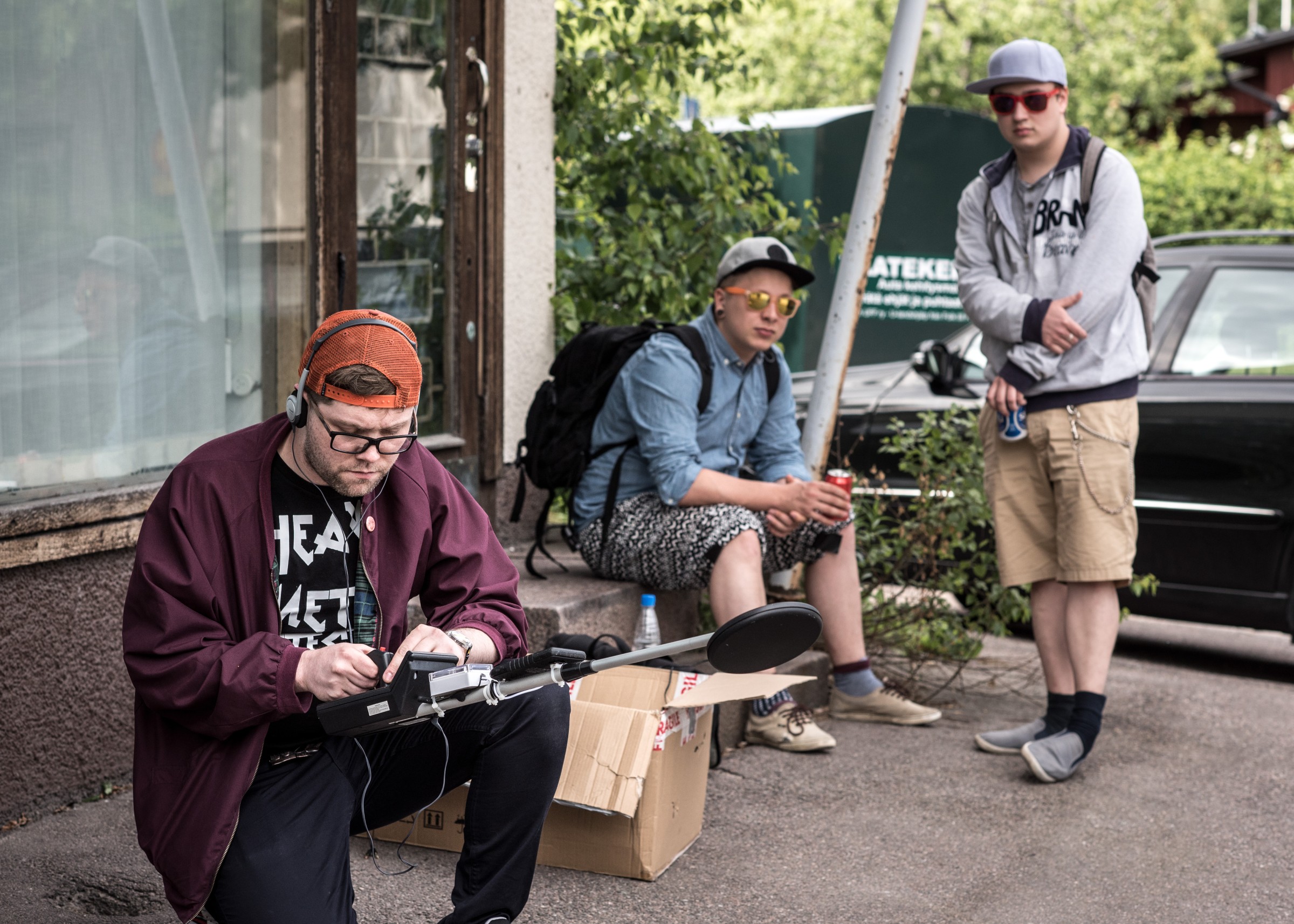
Steve Maher, Heavy Metal Detector
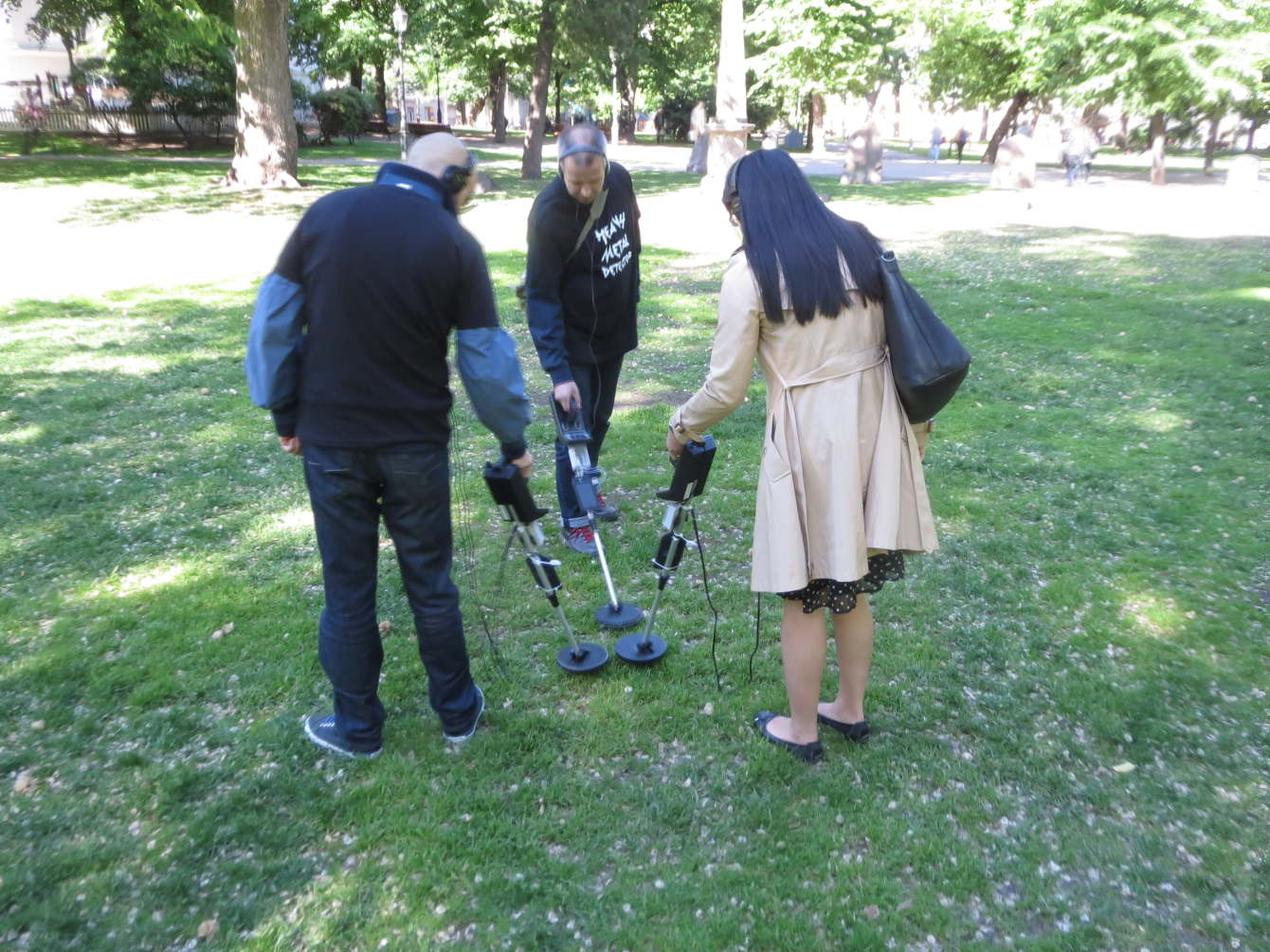
Steve Maher, Heavy Metal Detector
Does the work connect a specific location or type of material detected to a specific music piece? Or is the music played randomly?
The music heard through the metal detectors is a playlist, every participant hears this differently. It plays through the duration of the tours which last around 45 minutes, the playlist is timed for just over this amount. When the detector detects metal it plays metal, this is facilitated by a Teensy 3.2 micro-controller and a Teens Audio Adaptor, with a custom code and layout developed with the help of Alejandro Olarte. This system is powered by a small, lithium Ion battery cell, my original design incorporated a much larger chip and a huge 12 volt lead acid battery. Essentially the system controls the volume of the playlist, when the original metal detector detects metal it outputs a beep, our system interprets the beep as a signal which un-mutes the music. The metal detectors themselves are set for a broad spectrum of metal. At the very highest level, items like gold and silver. At the lowest, copper, steel, tin and iron. When the participant finds these materials, the electromagnetic coil sensor at the end of the detector completes a circuit sending a signal to the synthesizer chip inside the the detector which makes the beeping noise. This would normally be heard over headphones which the detectorist would use to hone in on their treasure, we however hear various local musicians.
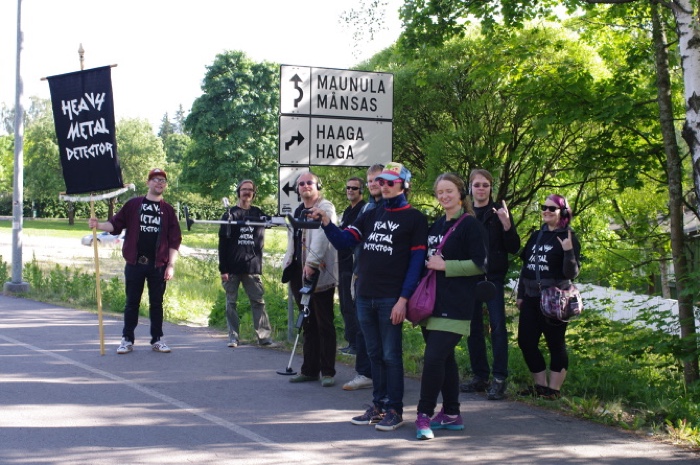
Steve Maher, Heavy Metal Detector
I’m curious about the working process with the musicians. How did they welcome the project? Did they compose new songs for it? And did they participate to the HMD walks as well?
This is, aside from a lot of the production details talked about above, the main process for me, acting as an intermediary between the bands and the new platform of dissemination that HMD offers. I try to make the outreach process as organic as possible, relying upon personal connections and contacts. This is not an issue of trust or nepotism on my part, I have in past with projects like this realised the inertia of cold calls. Musicians in particular are part of a genus of a species called human beings and human beings need to know that they can trust the person they are dealing with. When you are just a headless voice shouting through the void that is the internet, it can be intimidating and with the variety of scams floating around, some random Irish guy contacting you about an art project, might seem suspicious. I was lucky to have met one particular guy who was a real insider into the scene, he connected me with other guys who were really active and knew lots of cool bands, this is what happened in Helsinki, a similar model had been employed in the touring version of the project. M-Cult and now again Live Herring (Heavy Metal Detector – On Tour – Kajaani, Lappeenranta and Seinäjoki) have been great help in terms of reaching out to key figures in local scenes.
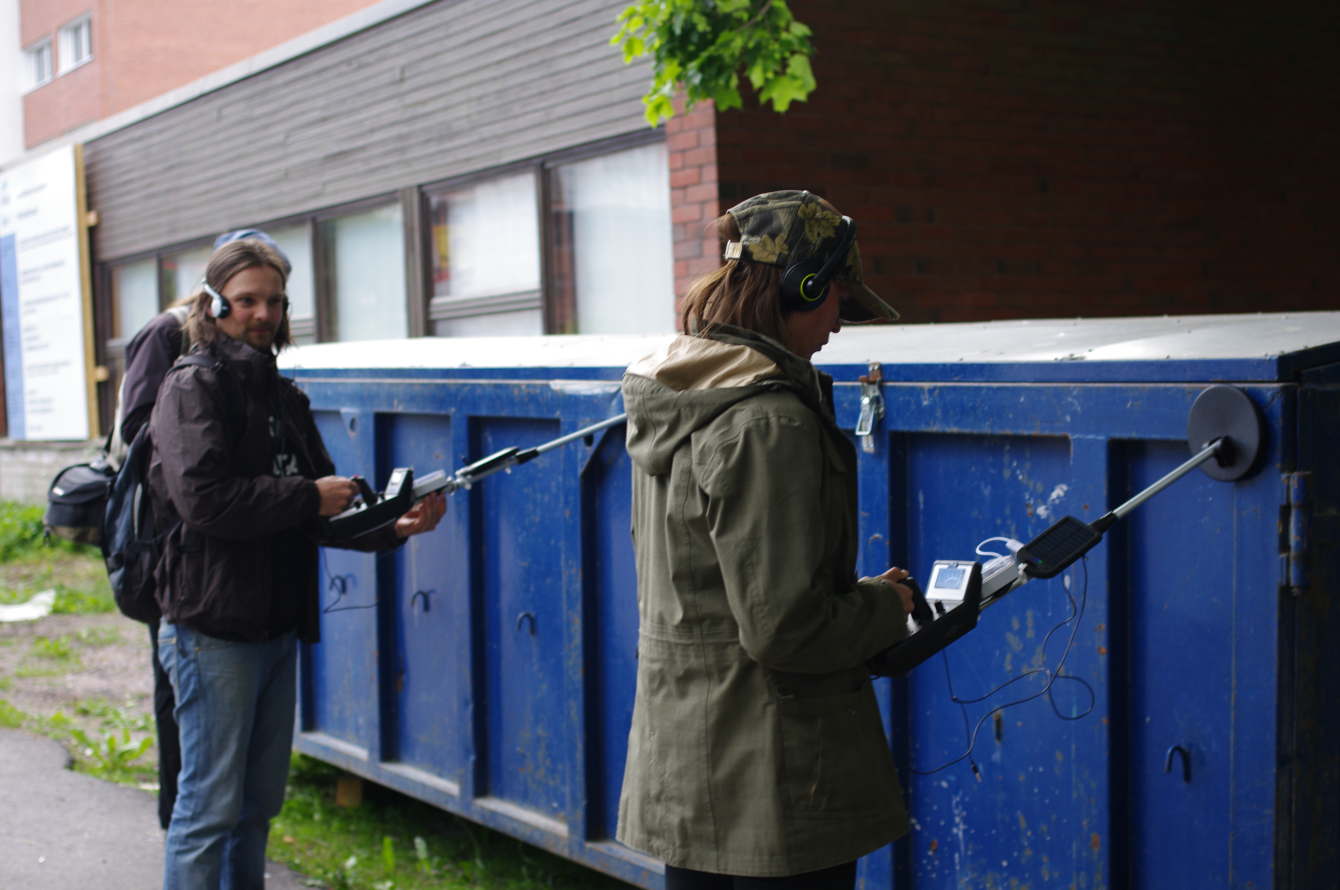
Steve Maher, Heavy Metal Detector
Have you and the participants discovered anything curious or unexpected during the performances?
I think the most unexpected thing, is how much metal (material) surrounds us in historic and urban space, humanity has been making use of metallurgy since essentially the bronze age, so there is quite a bit about. Contemporary public space makes heavy use of metal as a materiel, from the copper in electric lines and plumbing to public utilities like lamp-posts and park benches. The conscious realisation of how much metal surrounds us is interesting to observe as a realisation in the participants interactions.
The music, interestingly, was not the unexpected component, as most knew what they were signing up for, it was always deeply satisfying to watch people interact with it for the first time and slowly gather confidence in detecting with the music as an auditory proxy.
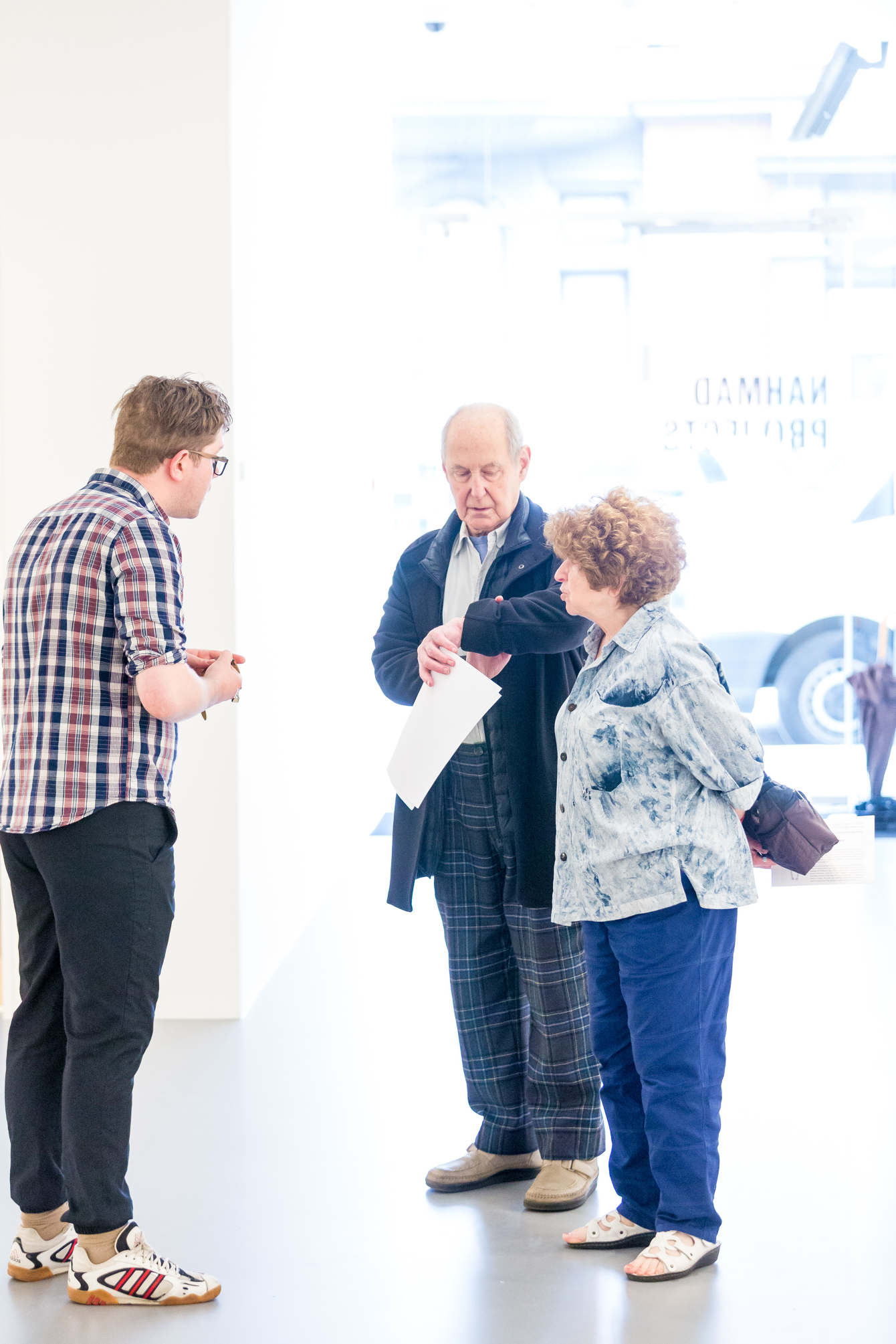
Steve Maher, Time Piece, 2016. Proposal for I am NOT tino sehgal –Nahmad Projects
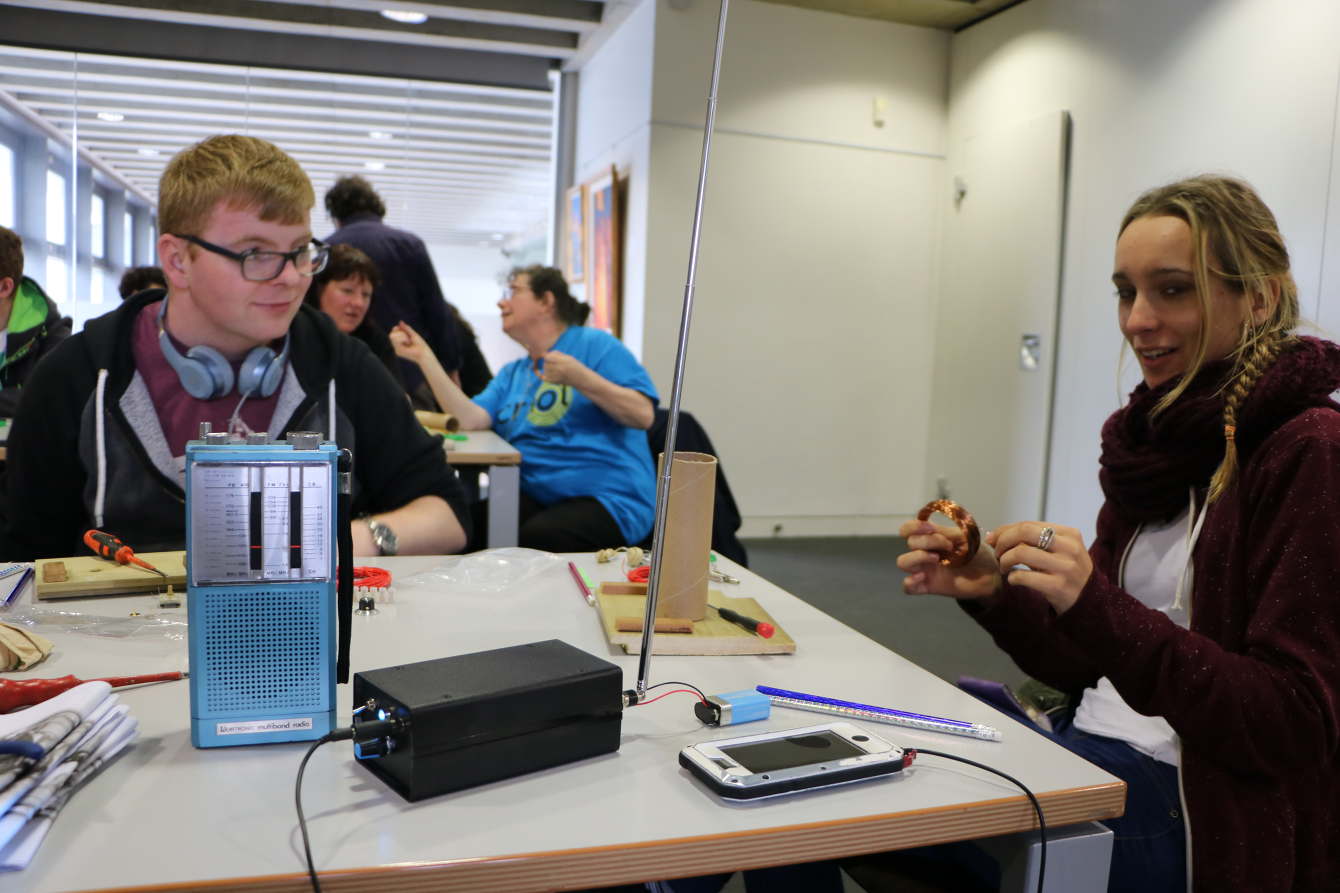
Steve Maher, Calling Athlone, 2016
Most of your works involve a collaboration with local communities. How close is this collaboration? How much are people involved in each work? Do you start with just a vague idea and then ask them to help shape it? Or do you arrive with a finished project and invite them to jump in?
As close as they need to be and as what people are comfortable with. I am open to deep collaboration but it’s hard to consistently find people who want to devote their own precious time, which is understandable. A lot of the people I work with are professionals, some are amateurs, all are dedicated.
It must be a by-product of my masters, even when I was studying socially-engaged art in MA Social Practice and The Creative Environment at the Limerick School of Art and Design, Ireland, I wasn’t immediately at ease with being a socially-engaged artist. I think I realised though how much I enjoyed working with other people and receiving active feedback in the collaborative process.
I think another deeply satisfying thing about collaborating is that collaboration is a shared experience, you are never the sole owner of an intellectual property and that for me is a really valuable experience as a creative, it forgoes all the angst and ego death of being a lone individual trying to make massive things happen. Working with other people is immediate and there is license to frame the work outside of the sort of work carried out by an individual. Plus I am not trying to fabricate some mythology about myself being an artistic genius, I am one part of the process like everyone else.
The aim is not from the offset to create an artifact for people to peruse over in the white cube, the art is happening when you are making it, in the social realm it is always art in process, there might be an artifact after that help you to reflect or even to represent the artworks importance to others, but they are secondary to the work as it takes place, failures and successes.
When I approach a group or individual to work with me on a project, I will often have a strong outlay or foundation from which the collaboration can be developed but I am not the authority, ultimately it is only collaboration and the parties involved in the collaboration can decide if a project even takes place. So I never really have a vague idea, but it is not precious to me even when solid, we co-author but I believe that the shareholders are equal creative participants and authors of the creative output, as we most often come from different creative disciplines we have different philosophies with regard to the framing of the creative output, I do not determine how the IP is used beyond my own sphere of what I find applicable in a contemporary visual/social engaged practice.
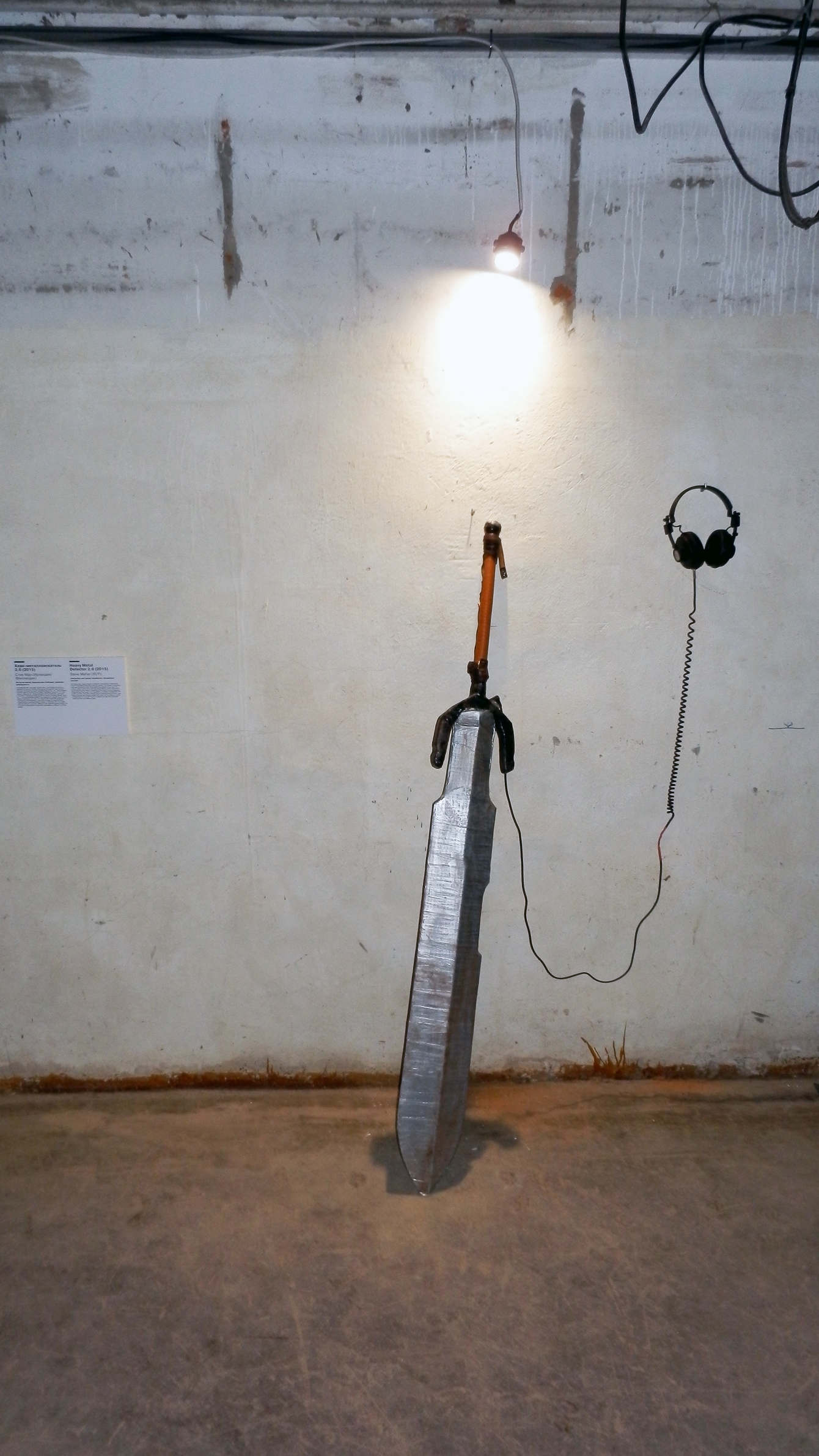
Steve Maher, Heavy Metal Detector 2.0/Тяжелый металл детектор 2.0
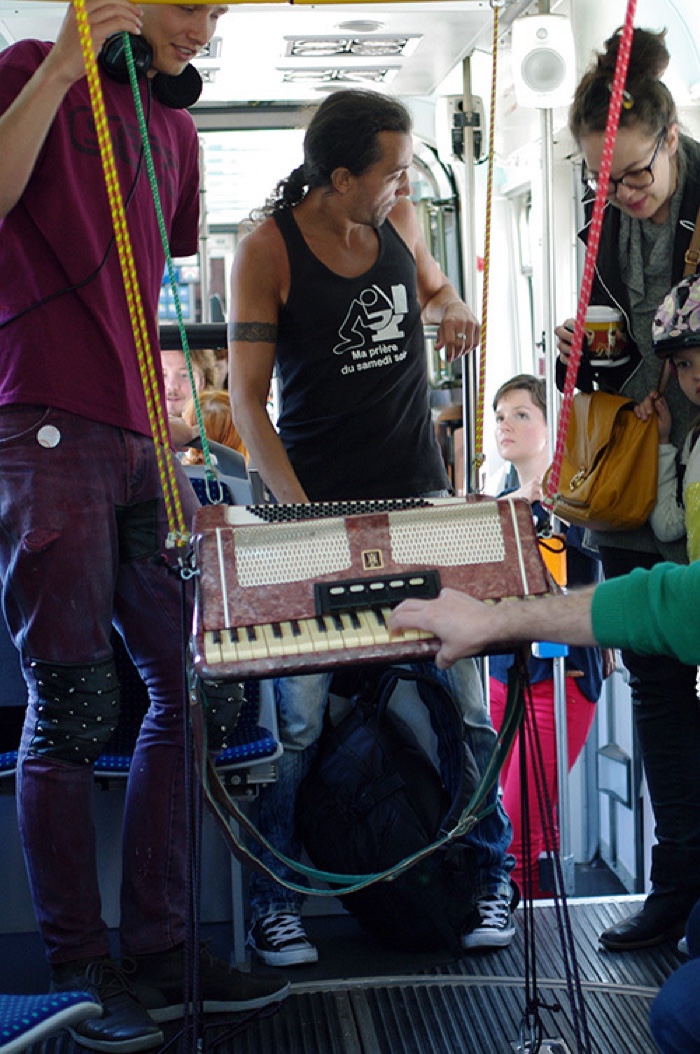
Steve Maher, Discordion
I like this sentence from your artist statement: “Maher’s work is not about music itself but what music makes.” Could you talk in more details and examples about the kind of conversations, cultural exchanges, public involvement or other interactions that your work generates?
It’s a typically ambiguous statement to make me seem poetic! No really, I believe this, on a social level, what music makes is far reaching, incredible important. It is without a doubt one of the most important social catalysts we have ever had the privilege to encounter. What I admire deeply about music is that, while it is at its core definitively cultural, it is by no means exclusively human. It potentially predates homo-sapiens and possibly humanity. So to me what music makes is more interesting then music itself, music is not just ephemeral sound, it is a long lasting experience, it is a physical object, is a set of rituals and coding from which we have been inspired to both march to death and dance to life. For me, working with music as a visual and socially engaged artist was a natural progression. It is challenging to me as it is, in its own right, a legitimate and self contained creative discipline, so the idea of taking methodologies and conceptualisation found in the contemporary art world and applying them to thinking about music is a very fertile area for me.
There has rarely been an obstacle with regard to the forms of dialogue I have wanted to instigate with musicians, for the most part as other creatives, they too are looking for ways to redefine their craft as much, as myself, so there is quite a fluid exchange. I don’t work exclusively with musicians however or even the audiences of music, it’s just something I am preoccupied with at the moment.
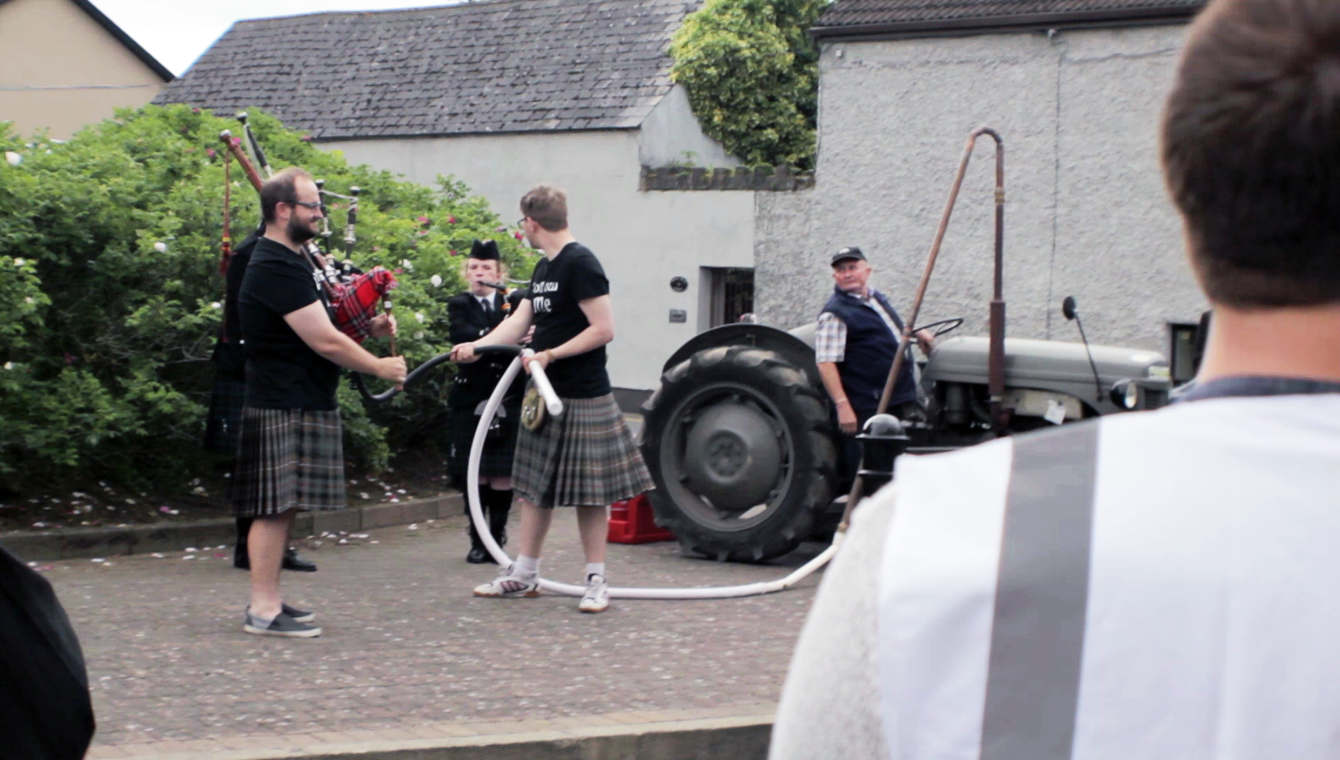
Steve Maher, Follow Me Up To Carlow, 2016
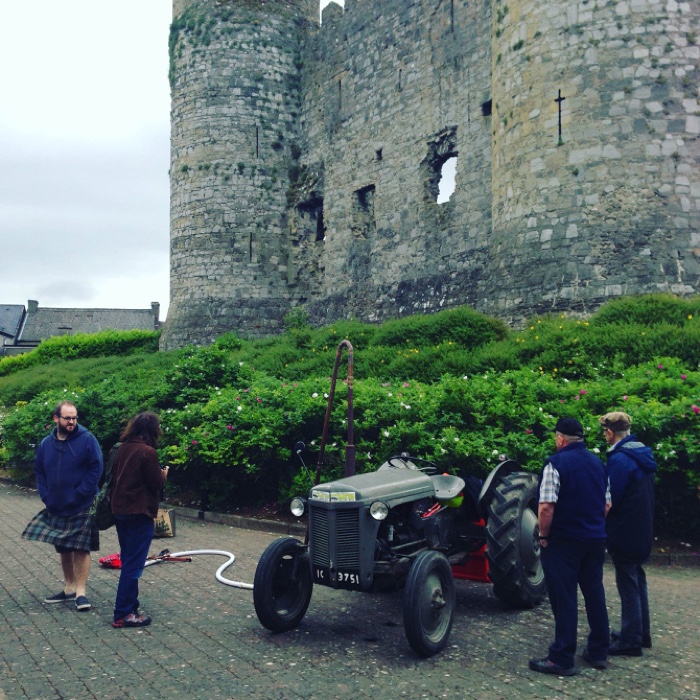
Steve Maher, Follow Me Up To Carlow, 2016
I love how your work mixes cultural heritage, history, technology and fringe communities. You also manage to throw in a bit of humour! How important is the humour component in your work?
Humour for me is almost as important a phenomena as music, I think both are derived from the same mammalian drive to play, they are both important tools with regard to learning. Also I didn’t get into to making art because of some supremacy of serious things, I want to laugh and want other people to laugh, you know that George Bernard Shaw quote? “If you want to tell people the truth, make them laugh, otherwise they’ll kill you.” There is something to be said about a sense of absurdity, which surrounds us and is open to us through the sort of 4th dimensional filter we make use of in humour, I feel when we find something funny we get closer to something, not a truth but definitely a realisation, it may be one of the reasons that our contemporary culture values humour so much.
I like to look at fringe communities, because of their rarity and for how they mirror mainstream society, I like that a group can decide to up hold a different level of values within a larger culture. There isn’t one core group in homogeneous society, it’s really made up of all these smaller tribes and cults. So without making rash generalisations (which we are likely to do anyway) we can understand the phenomena of “big culture” with “little culture”, it’s like when we look at a model village from a train set and there is a sense of satisfaction to the world at that scale, it gives perspective. Sub-culture has a similar quality, it’s never 100% alien, because it’s all for the most part human and has followed the same process in some ways as mainstream culture, but at a micro scale and with some alternate decisions along the way. History has a similar quality, it can’t be experienced as anything other than the reflection found in an archive or maybe also in oral tradition, so it presents a scale to the abstract notion of the past beyond ourselves. History offers an insight, we are just trying to figure out what we are, whether it was the turn of the last century or turn of the last millennia, the stuff that motivates us is at its core the same, but we can glimpse at times past and get a sense of what were and how it leads to what we are and how it may lead to what we will become, which is where technology comes in. We are presented with this idea of progress, and technology is often placed as that tip at the end of that spear, but technology is just a process and in many ways really graspable as it just a manipulation of the laws of physics, some things have become more complex but they all adhere to simple laws that anyone can understand. Technology is just something we do, or something that happened to us. I like to work with technology mostly because of the potential it offers with regard to certain metaphorical realisations, it allows certain things to happen with some slight customisation to the cultural artefacts we surround ourselves with, also I like to be challenged and to feel that I am learning things so that is a personal motivation to invent.
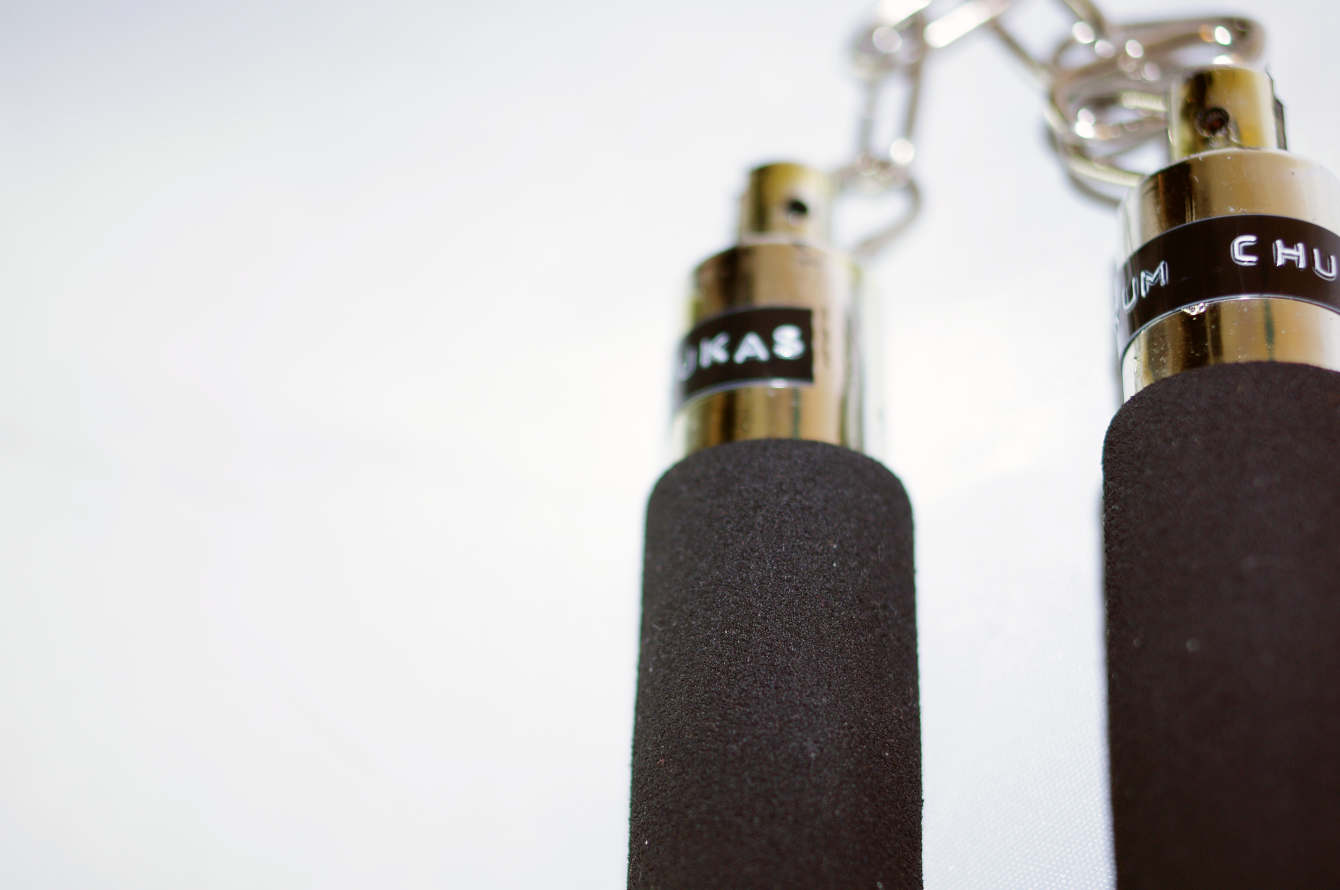
Steve Maher, Drumchukas, 2016
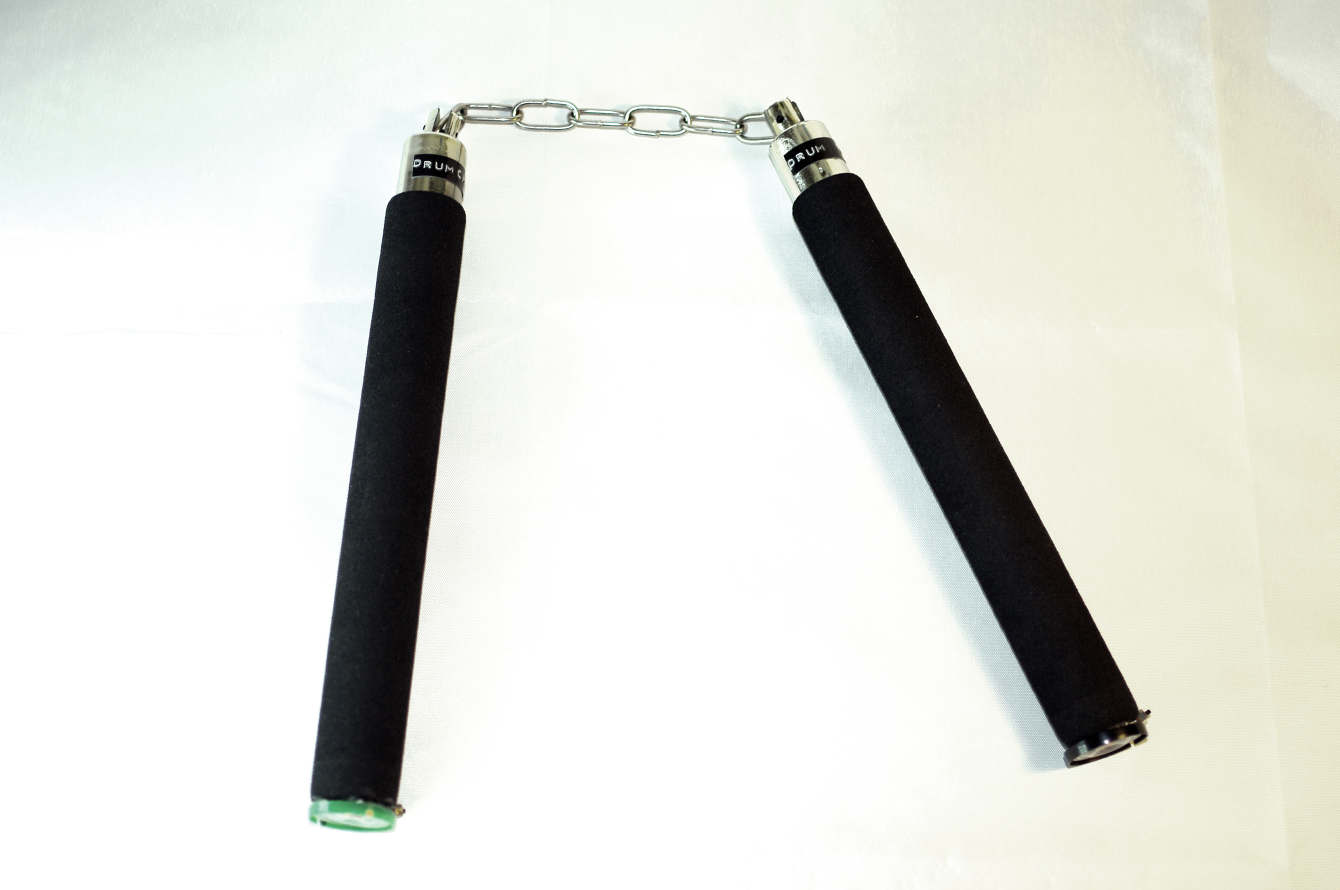
Steve Maher, Drumchukas, 2016
You are from Ireland but live in Helsinki. What makes it a good city to work in as an artist?
I came to Helsinki from a really great city in Ireland called Limerick, it had a vibrant art scene and a lot of really cool people, I studied art there up to masters level before moving abroad for the first time. Helsinki is a great city, filled with really interesting people and organisations doing interesting things, it’s big but not insane, people are earnest and work hard. I never feel bored here, there is always something new taking place or someone new to meet. I feel that the art community is really supportive and that makes it a good city to work in, I feel like I am going from strength to strength and that I am growing in a way I never did before, I don’t know if that’s Helsinki or me, but I am happy here.
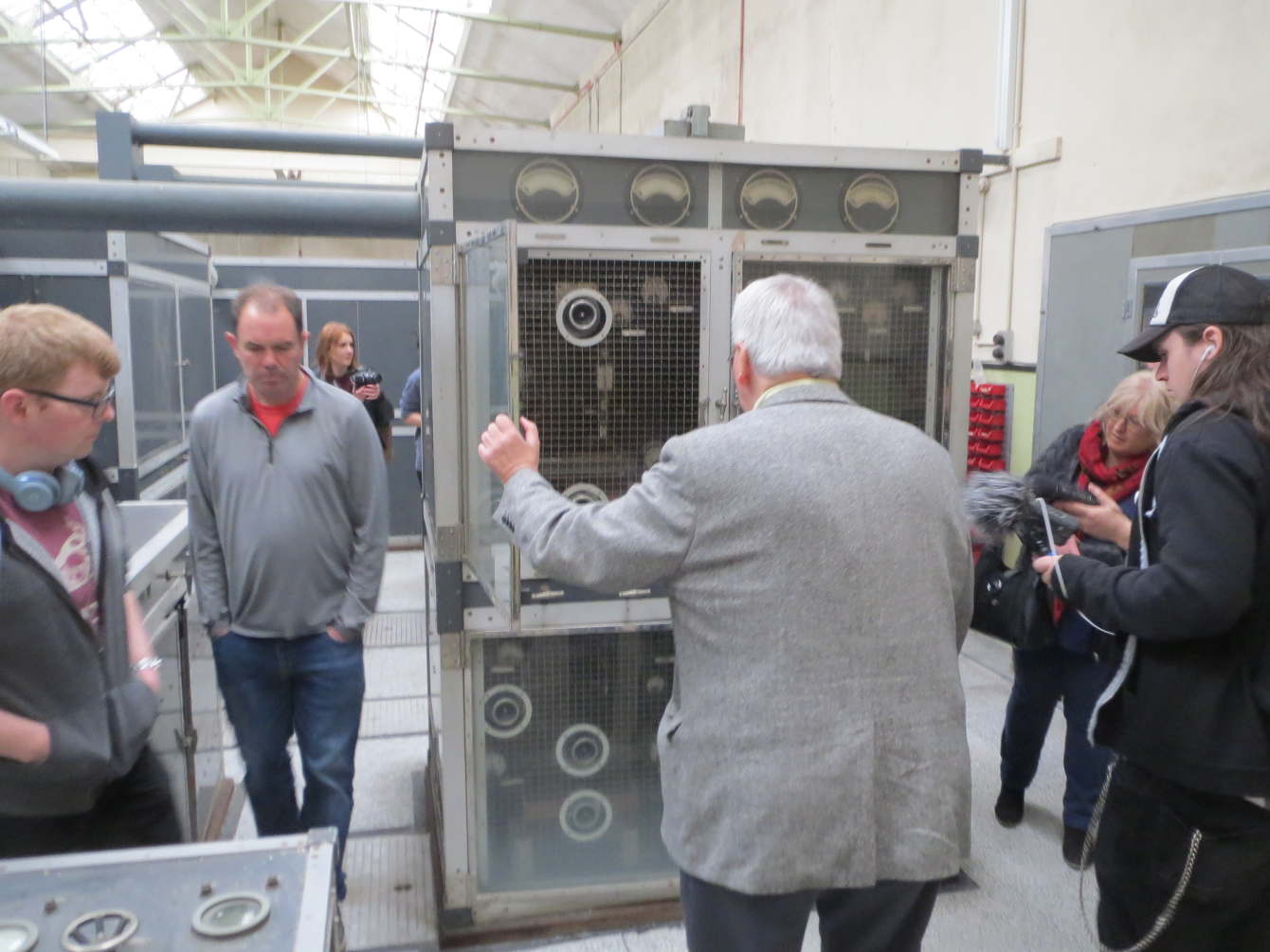
Steve Maher, Calling Athlone, 2016
Steve Maher, Calling Athlone, 2016
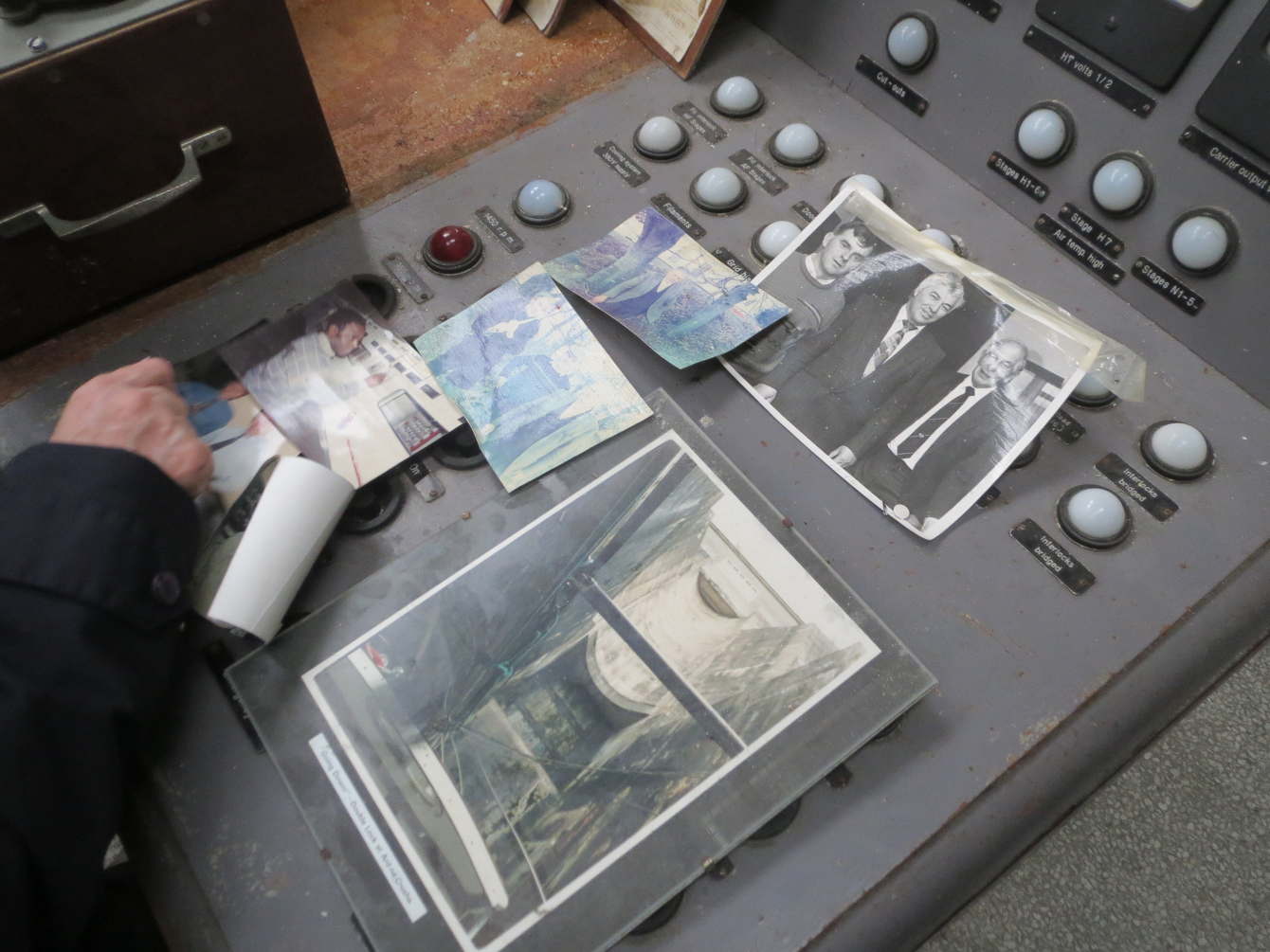
Steve Maher, Calling Athlone, 2016
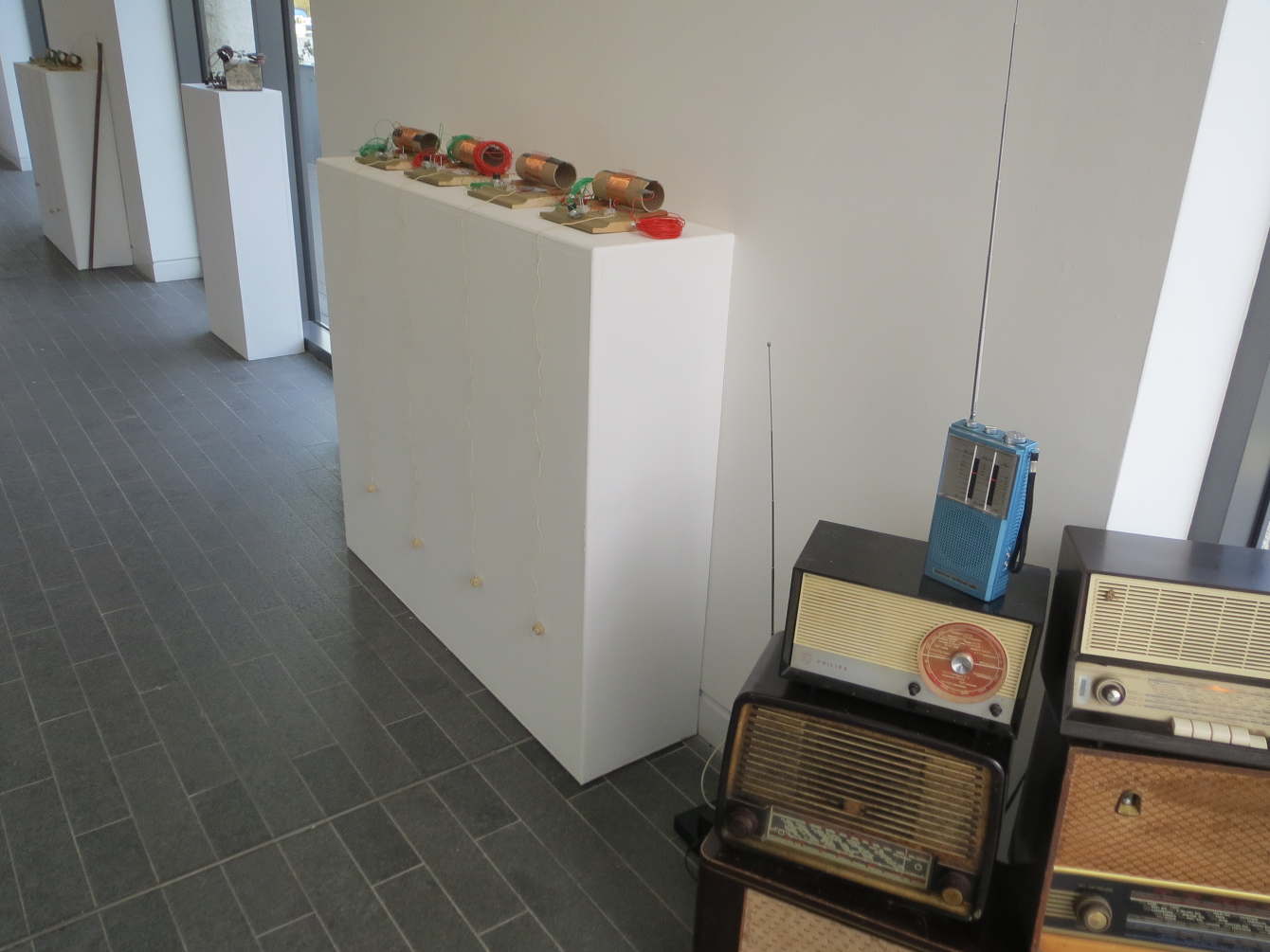
Steve Maher, Calling Athlone, 2016
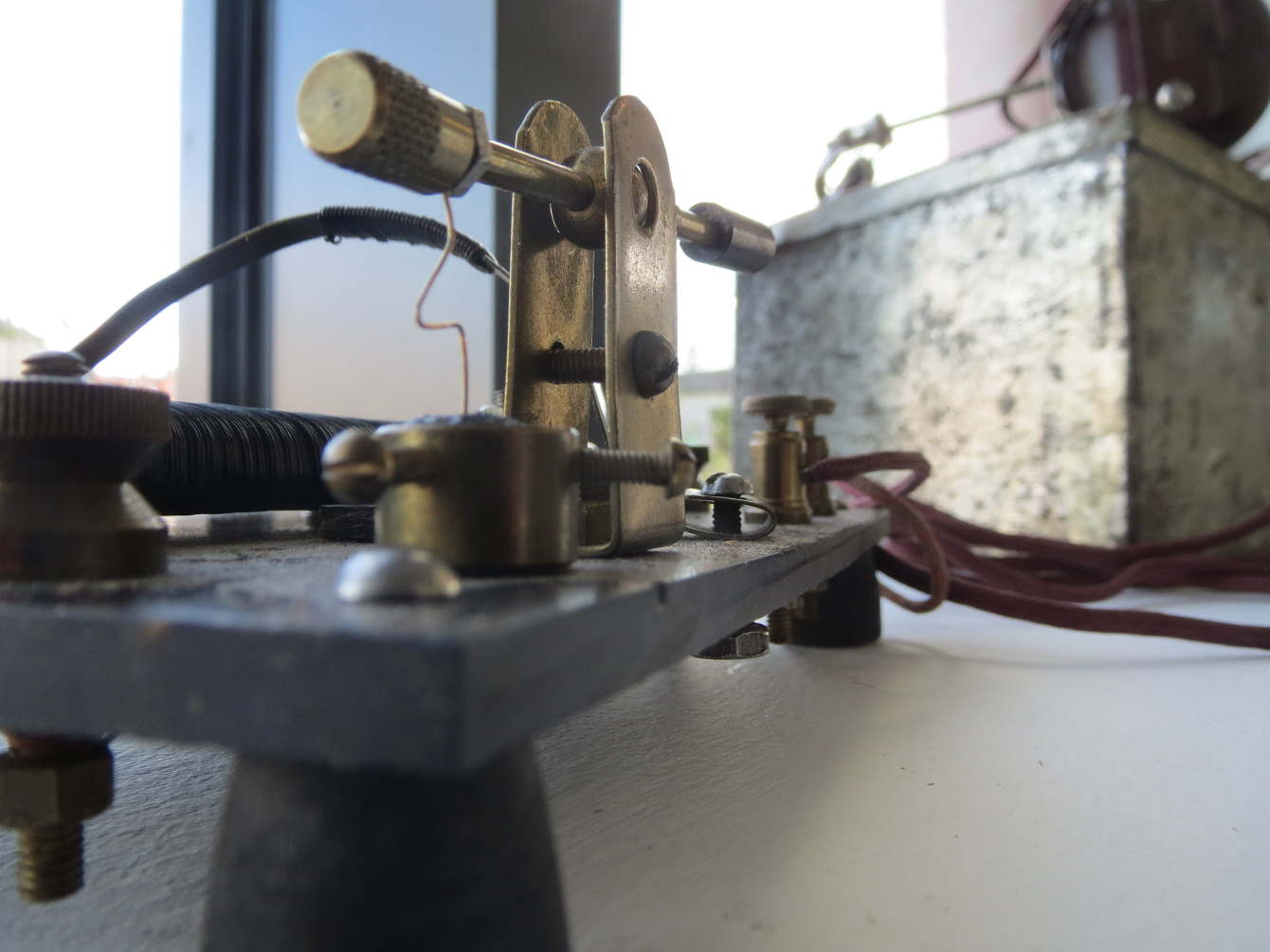
Steve Maher, Calling Athlone, 2016
Any upcoming project, research or event you could share with us?
So far coming up is the final Heavy Metal Detector – On Tour with Live Herring in Seinäjoki, it’s been a real pleasure working with Live Herring this Autumn seeing some of Finland’s other cities firsthand and meeting people from the Metal scene in these places.
I am presenting at The New School – Parson’s in a couple of days to wrap up a project (Calling Athlone) I recently finished in Athlone Co-Westmeath Ireland all about the town’s connection to the legacy of broadcasting. It took place as a workshop at the Aidan Heavey, a tour of the historic Moydrum Transitter site and finally a month long exhibition at Luan Gallery, Athlones Munincipal Galley.
I am doing a solo exhibition with ALKOVI in Helsinginkatu called SOULS, this is a re-visit of some elements of my sculptural based work, the exhibition will comprise of several works assembled as one massive light activated installation The work itself, without saying too much, is an exploration of the intertwined histories of metaphysics and photography.
I am collaborating with Anastasia Artemeva this summer on an exhibition concept called Leviathan at Oksasenkatu 11, which will transform the space into the digestive system of a giant beast as an allegory of the subsuming condition we find ourselves in with proposition of contemporary politics and society.
I am working on some inventions, recently I created a new instrument/martial training tool called Drumchukas which I am really happy with. I am looking into a patent and maybe a crowd funded thing for them, I am curious about how that all works.
I am also hopping to finally work on my youtube channel, Sound/trek, in which I want to do by monthly series of select Original Motion Picture Soundtrack deconstructions, looking at the history of the compositions/selections as well as how directors used the music in their work, so it’s a lot of 80’s teen movies, 70’s horror, John Hughes, composers like John Barry etc.
There’s a few other things that I can’t talk about yet, but stay tuned.
I certainly will! Thanks Steve!
